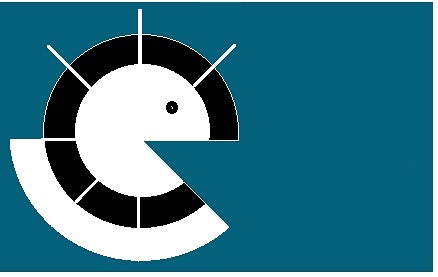Poking a hole in the Western worldview
Instancology: Poking a Hole in the Cloak of 2500 Years of Western Ontology
For 2,500 years, Western philosophy wore a “cloak”—the assumption that reality is, in essence, one unified ontological layer, even as its details evolved. From Plato’s Forms to Kant’s noumena, the search for the foundation of Being circled endlessly within a single horizon: all that is, is ultimately one kind of being, variously named and understood. Even when philosophers invoked the “Absolute,” they did so from within this undifferentiated field, using human categories, language, or systems of logic as their instruments.
The Single-Layer Limitation: The Old Cloak
This single-layer approach meant that the Absolute—when it was spoken of at all—remained abstract, inaccessible, or hidden behind the very frameworks that tried to reach it. Laws, logic, experience, and meaning were all subsumed within this one layer; nothing truly broke through. Even the boldest thinkers, like Hegel and Heidegger, circled the horizon of the Absolute without ever stepping decisively beyond the limits of representational thought.
Instancology’s Four Layers: A Radical Departure
Instancology shatters this cloak by unveiling a four-layered reality that fundamentally restructures ontology:
1. AA (Absolute Absolute): The unspeakable, unconditional background—neither being nor category, not grasped by thought, but the silent ground of all grounds.
2. RA (Relatively Absolute): The realm of necessity—pure laws, logic, and mathematical structure—not as human inventions, but as the ontological “skeleton” governing coherence.
3. AR (Absolute Relative): The world of natural instances—what is given in nature, irreducible wholes that cannot be analyzed down to parts.
4. RR (Relative Relative): The world of human products—everything constructed, represented, or symbolized by humans.
This “four-layer reality view” is the essence of Instancology’s revolution. Where Western ontology saw only one ontological stratum—merely differentiated by degree or viewpoint—Instancology rigorously distinguishes four real and irreducible layers. Each has its own logic, boundaries, and role, with clear lines that cannot be crossed by mere conceptual analysis.
Poking a Hole: Letting AA Shine Through
By revealing these four layers, Instancology “pokes a hole” in the traditional cloak—showing that the world is not a flat field to be simply mapped or analyzed, but a complex, layered reality. Most crucially, by distinguishing RA (the realm of necessity) from both the human (RR) and the natural (AR), Instancology enables us to reach out to the structure that makes nature possible. And, at the farthest horizon, by grounding everything in AA—the silent Absolute—it lets the light of the unspeakable shine through, rather than being endlessly refracted and distorted by human concepts.
Conclusion: The Four-Layer Revolution
In sum, Instancology replaces the one-layer ontology of the Western tradition with a four-layered map of reality. This not only clarifies centuries of confusion—about logic, matter, consciousness, and the Absolute—but finally allows philosophy to fulfill its deepest aim: to glimpse, beyond all mediation, the source from which everything flows. In letting AA shine through the layered structure, Instancology completes and transcends the philosophical journey of the West.

